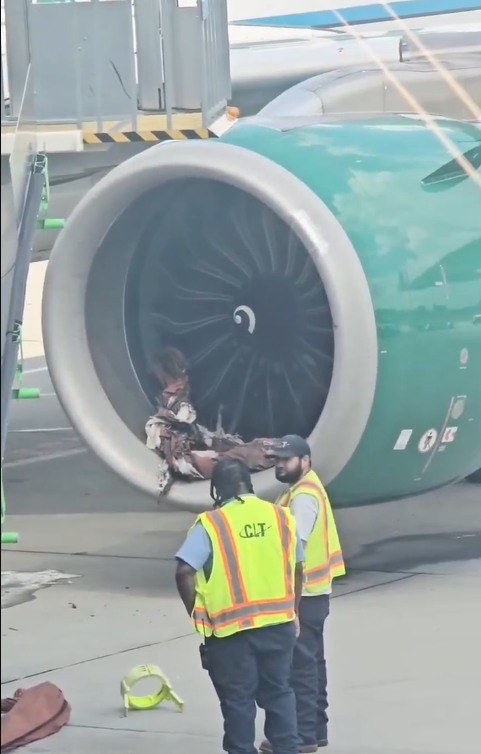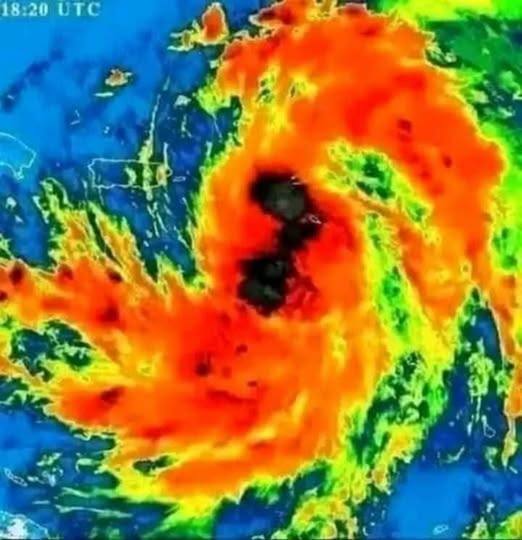On August 16, 2025, operations at Charlotte Douglas International Airport were briefly disrupted after a Frontier Airlines Airbus A320neo experienced an unusual ground equipment issue just before departure. The aircraft, set to operate Flight F93134 from Charlotte to New York–LaGuardia, had a ground air-conditioning hose accidentally drawn into its left engine. Though no injuries occurred, the incident caused significant delays and highlighted the critical importance of airport ramp safety and proper equipment handling.
The plane, tail number N365FR, had arrived earlier from Philadelphia and was being prepared for its next flight when the powerful engine suction shredded the hose. Ground crews immediately halted operations, and the aircraft was taken out of service for FAA-required inspections and repairs. Passengers were rebooked onto a replacement aircraft, which departed roughly nine hours later. Frontier Airlines emphasized that safety remained its top priority, noting that maintenance teams acted swiftly to prevent further complications.
Aviation experts remarked that while such events are rare, they underscore the risks associated with operating ground equipment near active engines. Organizations like the Federal Aviation Administration (FAA) and International Air Transport Association (IATA) have long maintained strict guidelines on equipment placement, communication, and crew training to minimize these dangers. The incident reinforced the importance of clear coordination between ramp workers and cockpit crews, especially in high-traffic airports like Charlotte Douglas.Although travelers faced extended delays, most expressed understanding, acknowledging that safety always outweighs convenience. Frontier provided consistent updates and rebooking assistance throughout the day. Ultimately, the event served as a reminder that aviation’s safety protocols — from immediate engine shutdowns to meticulous inspections — function precisely as designed. Delays may frustrate passengers, but they often represent the very systems that keep air travel among the safest modes of transportation in the world.



